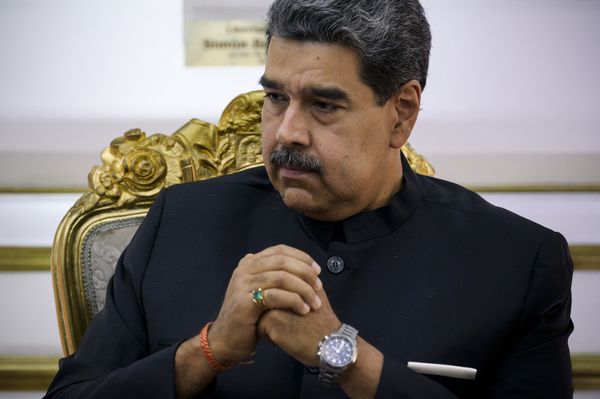Say the name 'Honda' in 2025, and just about everyone will instantly form a mental picture of a vehicle.
It might not be the same vehicle, sure; and that's kind of the magic of Honda. By this point in the brand's history, there are so many vehicles that bear its name, it's only natural that we'll all picture something very different.
In a way, that only speaks to the success of Soichiro Honda's vision over the decades.
But the thing that's often lost in the telling of that history is that he didn't do it alone. Sure, Soichiro was an engineer's engineer, and was a major part of why the company that bears his name is so dominant around the world today.
However, he needed an excellent, innovative salesman to get things done. Someone who could match his visionary qualities, but in a different way that also worked to benefit the nascent Honda Motor Company that was, at that point, in its infancy.
That person, if you haven't already guessed (or just aren't up on your Honda history), was Takeo Fujisawa. It's thanks to him that the Honda Cub F-Type revolutionized the industry in 1952—bringing motors and bicycles together in a way that regular people instantly understood. And more importantly, saw the value of in their own everyday lives, and wanted to own.
At the time, Honda (the company) had a few different issues it needed to address at once. As a relatively small, late-to-the-party company as far as motorcycles were concerned, it needed to find a way to improve its market position in Japan. Like many new companies, before it could even begin to think about expanding beyond its home nation's borders, it first needed to learn how to be successful on its home turf. Plus, mega international concerns like Honda would eventually become weren't nearly as much of a thing in the first half of the 20th century.
To hear Honda historians tell it, the burgeoning motorcycle market in the early 1950s was muddled. Around 300 dealerships existed, nationwide, and they all carried multiple brands. How could Honda make itself stand out, especially since it hadn't established itself yet by this point?



The answer lay in Fujisawa's twin strategies. Firstly, there was the Cub F-Type, a beautiful little red clip-on engine with a white tank, made to turn the bicycles that were already so popular in Japan into an even more efficient means of personal transportation. The engine was a little 50cc two-stroke design (yes, two-stroke), and it used die-cast components in its construction.
This product directly worked with Fujisawa's other strategy: Leveraging the existing tens of thousands of bicycle shops that already existed all over Japan to get the word out about Honda. See, while there were only 300 motorcycle dealerships throughout the nation, there were easily 50,000 or more bicycle shops. The math, as you might say now, was most definitely mathing.
Through Fujisawa's vision, a massive mobilization of freelance clerks, employees from the Mitsubishi Bank, and Honda employees all hand-wrote letters to each and every one of the existing bicycle shops throughout the country to tell them about the Cub F.
The bicycle shops understood what Honda was showing them. They knew that people everywhere were interested in motorized bicycles just then, as the next big evolution of the bicycles they already rode every day. So, as a result, Honda went on to receive about 30,000 replies, all wanting to get in on the Cub F.

Importantly, as you can see from this photo of the Nichigeki Dance Troupe riding the Cub F in a parade, this was a motorized bicycle that anyone could ride. Men, women; everyone. And that's where its true magic lay.
Long before you met the nicest people on a Honda, you had to get all the people on a Honda in a first place. The Cub F was how it happened, with a network of independent bicycle shops picking up what Honda was putting down with remarkable speed.
Soon, Honda was everywhere; much more quickly than it would have been if it had simply stuck to those 300 motorcycle dealers, or to the old ways of doing things. Coming up with great and desirable designs was only half the battle; Fujisawa's strategy to get these bikes to the people who didn't even know they wanted them was the other half.
And the rest, as they say, is history. Amazingly, Iconic Motorbike Auctions just had a historic 1952 Honda Cub F up for auction, but its reserve price was not met before the auction ended. There's no running video for this specific unit, although the seller says the fuel tank looks solid upon visual inspection.
As a legit piece of history that was clearly ridden at some point in its life, the unit has some visible wear. However, it's the type that looks quite honest, and the whole thing looks pretty good, given its age. It's clear that someone cared for this piece of history over its lifetime, and didn't simply leave it outside to rust away in the elements.
Source: Honda







